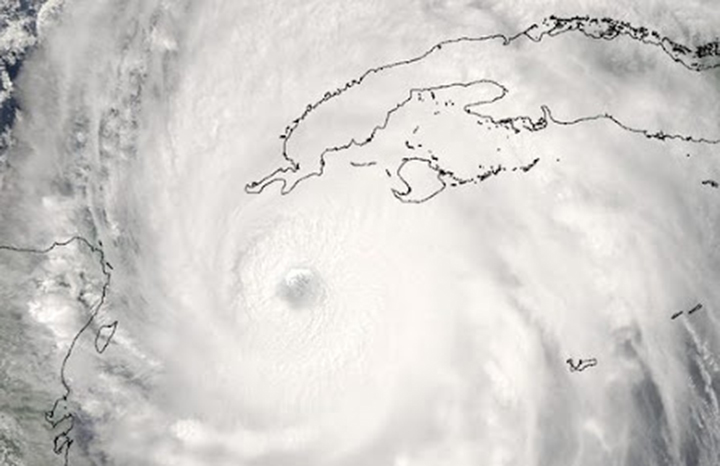
Havana, Jun 19th. - According to a Cuban expert on the subject the term hurricane season, which it is currently use in Cuba, began to become better known from 1965, when the Institute of Meteorology was created.
Its first director, Mario Rodríguez Ramírez, wrote a chronology of tropical cyclones and developed a hypothesis aimed at predicting their movements, recalls Professor Luis Enrique Ramos Guadalupe, coordinator of the History Commission of the Meteorological Society of Cuba.
However, a few years ago the phenomenon underwent a redefinition and extended internationally from June 1 to November 30, established on the basis of statistical studies, Ramos Guadalupe noted in an exclusive comment for Agencia Cubana de Noticias.
The professor clarifies that not all campaigns behave in the same way, neither in the number nor in the characteristics of their agencies.
According to Ramos Guadalupe, it has been determined that the average tropical cyclone formation in the North Atlantic basin is 10.6; that is, just over 10 systems, whose maximum sustained winds exceed 63 kilometers per hour.
The expert mentioned examples of minimal cyclone activity in the 20th century, such as 1911, with only 4 organisms, and 1914, with one.
By contrast, the peaks appear in the season of 1933, in which 21 organisms were identified, and that of 1936 with 16, and the record, to date, is held by the memorable 2005, with 27 or 28 if a subtropical storm is included.
Ramos Guadalupe considers that a greater or lesser number of cyclones formed in a season does not have a specific meaning in terms of threat, as may be the case of 1936, where, despite the large number of them, none crossed over Cuba.
The reverse case, he recalls, corresponds to the 1910 season, when only four cyclones were counted, but in October, one of them, turned into a hurricane of great intensity, crossed over the west of Cuba and described a tie north of the province of Pinar del Río, where it spread its effects for five consecutive days in an event that caused a catastrophe of great proportions.
By 2025, the Institute of Meteorology estimates the formation of 15 tropical cyclones, 10 over the open ocean, three over the Caribbean Sea and two in the Gulf of Mexico.
It is striking that these figures are only estimates their significance is only statistical. Being prepared is the most important thing the history of Meteorology in Cuba has taught us, season after season. (Text and photo: ACN)